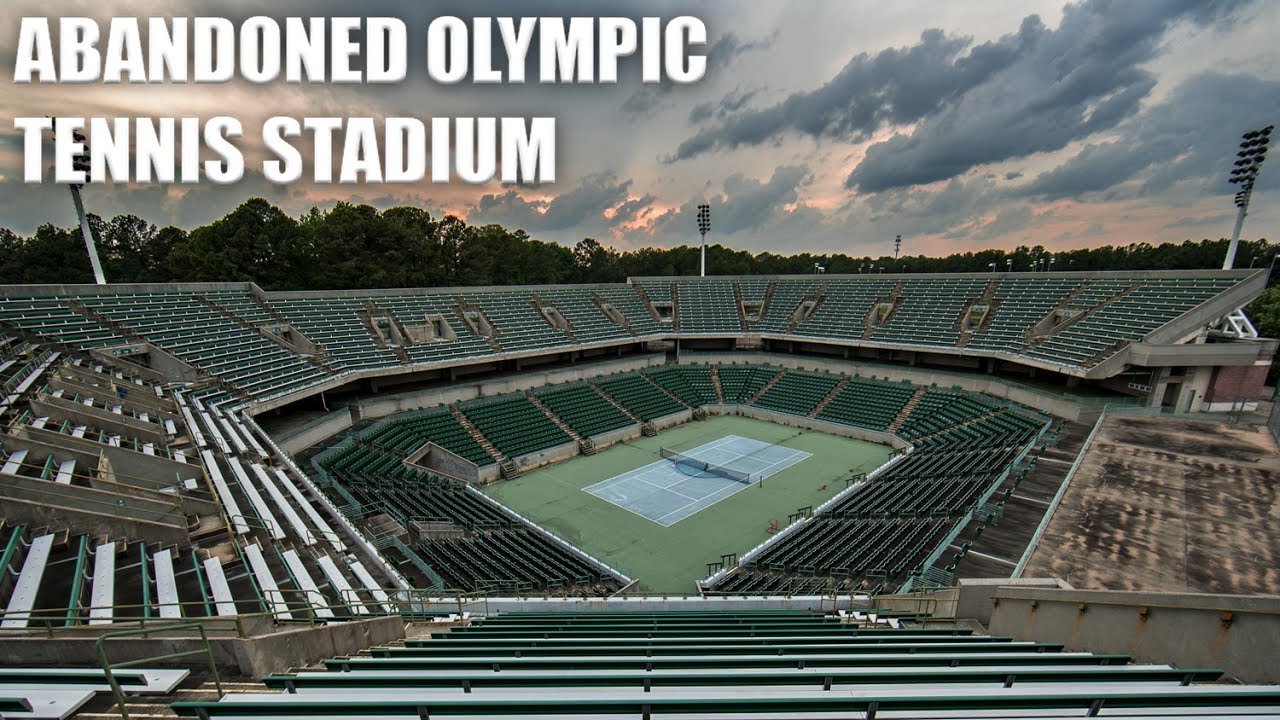Error code 526 can be a real head-scratcher when it pops up while you’re trying to connect your site with Cloudflare. It usually means there’s something amiss with your SSL certificate. But don’t worry! I’ll break it down for you so you can tackle this issue head-on and get your site back in business.

Pontos principais:
- Understanding Error Code 526: This error indicates a problem with the SSL certificate when connecting to Cloudflare.
- Identifying SSL Issues: Learn how to spot potential issues with your SSL certificate that could be causing the error.
- Fixing the Error: Discover practical steps to resolve Error Code 526 and ensure smooth connections.
What is Error Code 526?
Ah, the infamous Error Code 526! It’s like finding a fly in your soup—they just shouldn’t be there. In essence, this code tells you there’s a problem with the SSL certificate on your website when trying to connect through Cloudflare. If you’ve ever heard the saying, “It’s not you; it’s me,” well, this is precisely that scenario, but in the tech world. The SSL certificate is supposed to ensure that the connection between your website and a browser is secure. When it’s not functioning right, that’s when Error 526 pops up like an unwanted guest at a party, interrupting everything.

Common Causes of Error Code 526
So, what causes this pesky little problem? There are a few usual suspects when it comes to Error Code 526. First up, if your SSL certificate is expired, that could do it. It’s like using an old credit card—nobody wants that! Also, if you have a self-signed SSL certificate, well, that’s a no-go. Nobody trusts those. And lastly, network issues or misconfigurations can send this error your way faster than a cat can knock over a glass of water. Knowing these causes is vital to figuring out how to fix the mess.

How to Identify an SSL Certificate Issue
Now that you have an idea of what could be causing your problem, let’s get our Sherlock Holmes on and identify the issue. I always say, “A problem well-stated is a problem half-solved.” So, start by checking the status of your SSL certificate. You can use tools like SSL Labs or simply access your site using HTTPS in the browser. If you see that big red flag screaming “invalid” or “expired,” there’s your culprit. Remember, a good SSL certificate is like a strong foundation in architecture—you need it to support the whole structure.
Steps to Fix Error Code 526
Alright, let’s get our hands dirty and fix this! The first step is to renew your SSL certificate if it’s expired. Think of it as giving your site a much-needed spa day. If it’s self-signed, you’ll want to upgrade to a certificate issued by a trusted Certificate Authority (CA)—trust me, your visitors will thank you. But if everything checks out fine on your end and the error still shows up, it’s time to look into the server settings or check your Cloudflare configuration. They’re like the gears in a watch, if one’s off, the whole thing stops ticking.

Verifying Your SSL Configuration
After you’ve made any changes, be sure to verify your SSL configuration. You might feel a tingle of excitement, like when you’re about to jump off a diving board. Use your browser, or an online checker, and enter your site’s URL. If everything is running smoothly, you should see a shiny padlock in your address bar. But if not, well, that’s a clear sign that you need to roll up your sleeves and troubleshoot further. Just like in architecture, aiming for stability is my mantra!

Using Cloudflare’s SSL/TLS Settings
Cloudflare offers some nifty tools to help you get that SSL working, so don’t shy away from using them! Navigate to your SSL/TLS settings in your Cloudflare dashboard. Here, you can select the appropriate SSL mode: Off, Flexible, Full, or Full (strict). If you find your website still in chaos, tweaking these settings might just be the magic touch needed to resolve the error. Think of them as the tiny bolts that hold your structure together. Sometimes, a little adjustment here and there goes a long way.
Testing Your Website After Fixing the Error
Now, it’s time to put your work to the test! Hit refresh on your browser and see if the error has been lifted like a dark cloud on a sunny day. Load your site and scroll through each page. Be on high alert because if something feels off, there might still be a hitch in the giddy-up. It’s like running a marathon; you can’t stop until you cross that finish line successfully!
When to Seek Professional Help
If you’ve tried everything and Error Code 526 has decided to stick around like an out-of-town relative, it might be time to call in the pros. Finding a web developer or IT specialist can make all the difference when tackling these complex issues. Just remember, you’re not alone in this! Sometimes the best strategy in architecture—or in life—is asking for help. You fix that little pesky error, and your website will be ready to handle business like a champ.
Conclusion
So there you have it! Understanding and fixing Error Code 526 doesn’t have to be as daunting as building a skyscraper. Just take it one step at a time, stay calm, and keep your eyes peeled for those pesky SSL certificate issues. With a little elbow grease and the right mindset, you’ll have your website running smoother than a buttered pan. Now get out there and let’s make your online presence shine like the sun on a summer day!






















